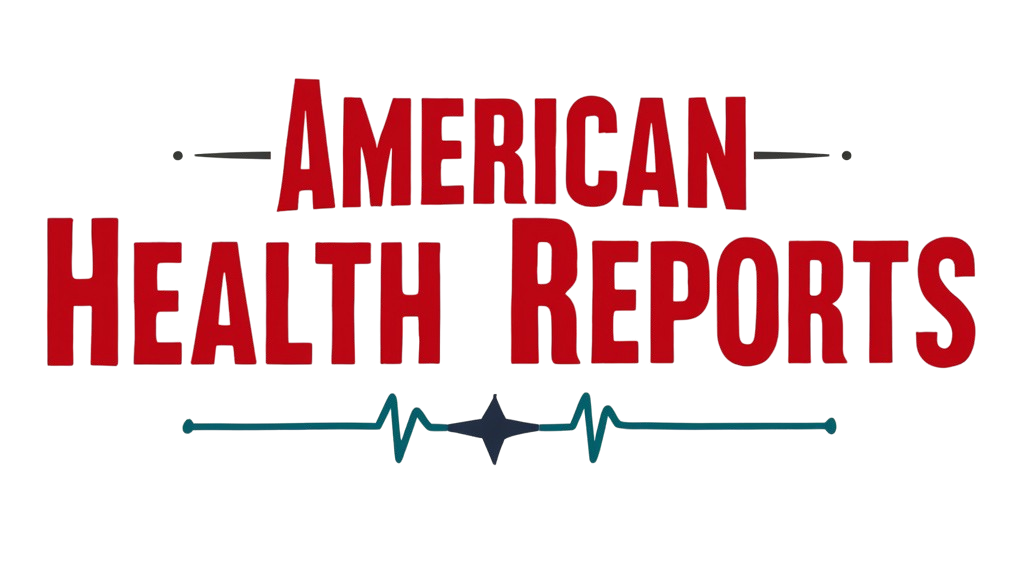Unlock Your Body’s Secrets: What 72 Hours Without Food Really Does
Share
Not eating for three days triggers significant metabolic changes that can lead to both health benefits and challenges. Here’s a detailed breakdown of what happens during a 72-hour fast, supported by scientific insights:
### Metabolic Stages of a 72-Hour Fast
The body uses glycogen (stored carbohydrates) for energy while digesting the last meal. Hunger typically begins around 10–12 hours as glycogen stores deplete.
With glycogen depleted, the body starts breaking down fat into ketones for fuel. This metabolic switch activates —a cellular cleanup process that removes damaged proteins and pathogens. Early side effects like headaches or fatigue may occur due to electrolyte shifts.
Fat becomes the primary energy source, accelerating weight loss. Autophagy peaks, recycling cellular waste and potentially targeting viruses like Epstein-Barr. Growth hormone increases to preserve muscle mass, while insulin sensitivity improves. By day 3, the immune system undergoes a “reset,” generating new white blood cells.
### Key Health Benefits
– Autophagy clears dysfunctional cells, reducing inflammation and cancer risk.
– Fasting lowers insulin resistance, blood pressure, and triglycerides.
– Ketones fuel brain cells, enhancing focus and neuron growth.
### Risks and Challenges
– Low sodium/magnesium can cause dizziness or nausea.
– Some report fatigue during the first 48 hours before energy stabilizes.
### Practical Tips
– Consume (sodium, potassium, magnesium) to minimize side effects.
– Break the fast slowly with bone broth or small, low-carb meals to avoid digestive distress.
While a 72-hour fast offers compelling benefits, consult a healthcare provider before attempting extended fasting, especially with underlying conditions.










GIPHY App Key not set. Please check settings